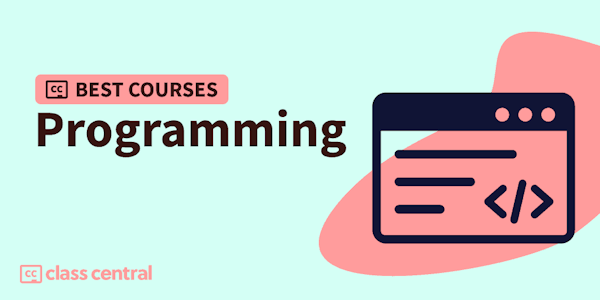Overview
[As described below, this is Part B of a 3-part course. Participants should complete Part A first -- Part B "dives right in" and refers often to material from Part A.]
This course is an introduction to the basic concepts of programming languages, with a strong emphasis on functional programming. The course uses the languages ML, Racket, and Ruby as vehicles for teaching the concepts, but the real intent is to teach enough about how any language “fits together” to make you more effective programming in any language -- and in learning new ones.
This course is neither particularly theoretical nor just about programming specifics -- it will give you a framework for understanding how to use language constructs effectively and how to design correct and elegant programs. By using different languages, you will learn to think more deeply than in terms of the particular syntax of one language. The emphasis on functional programming is essential for learning how to write robust, reusable, composable, and elegant programs. Indeed, many of the most important ideas in modern languages have their roots in functional programming. Get ready to learn a fresh and beautiful way to look at software and how to have fun building it.
The course assumes some prior experience with programming, as described in more detail in the first module of Part A. Part B assumes successful completion of Part A.
The course is divided into three Coursera courses: Part A, Part B, and Part C. As explained in more detail in the first module of Part A, the overall course is a substantial amount of challenging material, so the three-part format provides two intermediate milestones and opportunities for a pause before continuing. The three parts are designed to be completed in order and set up to motivate you to continue through to the end of Part C.
Week 1 of Part A has a more detailed list of topics for all three parts of the course, but it is expected that most course participants will not (yet!) know what all these topics mean.
Syllabus
- Introduction, Course-Wide Information, and Software Installation (Start Here)
- Welcome! Start here! Learn about this course and how it's organized.
- Section 5 and Homework 4 (First Module with Racket)
- Let's get started programming with Racket and then learning idioms related to delaying evaluation. The welcome message has a few additional comments about picking up a new language and how to approach the homework assignment, so let's get started...
- Section 6 and Homework 5 (Second Module with Racket)
- Welcome to the second week of Part B where we will focus on (a) building data structures in dynamically typed languages and (b) implementing programming languages with interpreters. Most of the programming assignment is focused on (b) -- implementing a small programming language that has function closures. As usual, start with the welcome message and enjoy!
- Section 7 Including a Quiz
- In the last module of Part B we will use our experience programming in ML and Racket to compare and contrast static typing and dynamic typing. This is not only the most important difference between these two languages, but it is a fundamental topic in the study of programming languages. Learning it can help you program more effectively in both kinds of languages. After completing this week's quiz, don't forget to watch the Part B Wrap-Up and Part C Preview video.
Taught by
Dan Grossman
Reviews
4.0 rating, based on 4 Class Central reviews
4.9 rating at Coursera based on 773 ratings
Showing Class Central Sort
-
I will preface this by saying that I liked the first course and the instructor is extremely intelligent. The first week of part B was difficult but more straight-forward. The second week seemed easy but I ended up spending about 20 hours debugging…
-
- great instructor
- great flow of the course
- great content and language selection
- good exercises to help grok the content and concepts. The course could have benefitted by having some more exercises though.
- highly recommended -
-







